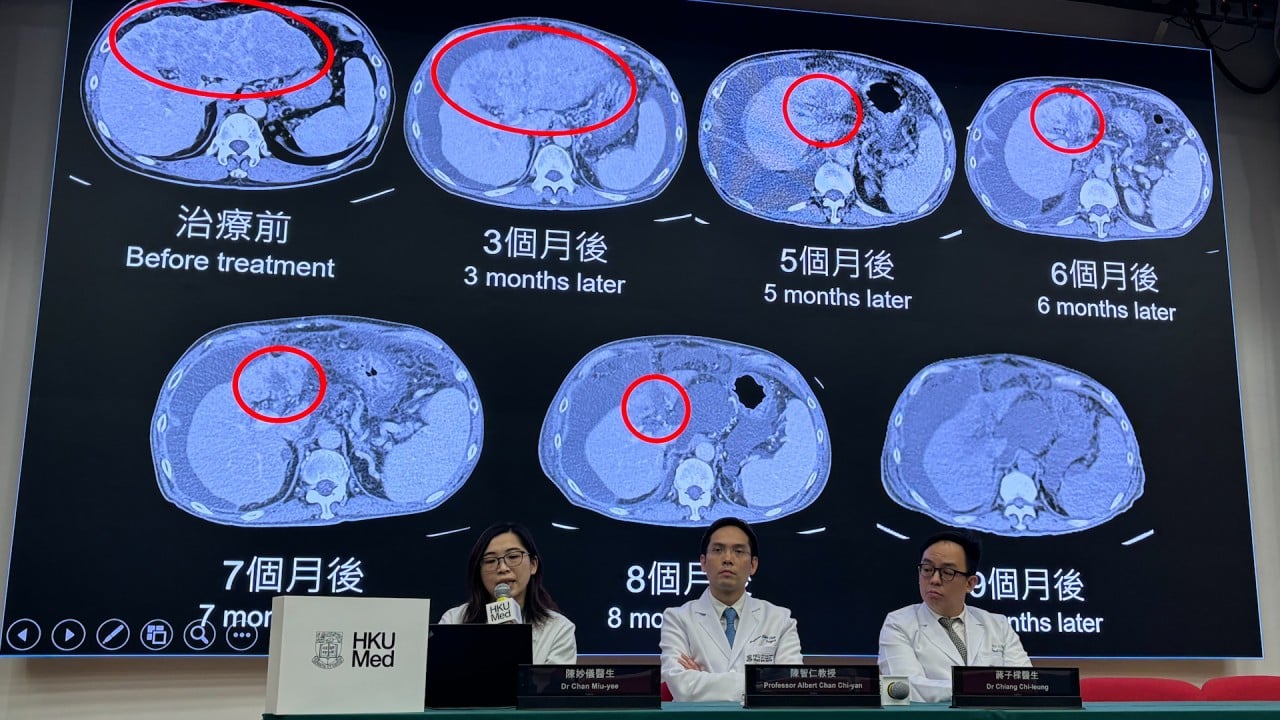Chinese nuclear weapons scientists build X-ray machine hailed as potential ‘holy grail’ for cancer treatment
- Powerful ‘Flash’ irradiation system can deliver high-energy radiation and has the potential to revolutionise conventional radiotherapy
- Researchers are still unravelling how and why it works but are excited by the possibility of breaking the bottleneck of radiation dosage

A group of Chinese researchers, mainly from institutes involved in nuclear weapons and related scientific research, have built a powerful irradiation system known as “Flash” that can deliver extremely high-energy radiation and has the potential to revolutionise conventional radiotherapy.
Their prototype can generate an energy or “dose rate” of more than 80 gray (Gy) per second – a unit used to measure the amount of radiation absorbed by an object or person. Although both current treatments and the team’s prototype use X-rays as the radiation source, the new system generates much more than the 0.5 to 20Gy per minute of conventional radiotherapy.
Their results show that the same amount of radiation could be delivered in much higher-intensity bursts of less than a second – a significant advance on current radiation treatment that has been plagued by toxicity to surrounding non-malignant tissue when killing tumours. Extremely high-energy irradiation might be one way out.
“Although there have been similar repeated experiments, both domestically and internationally, ultra-high dose rate high-energy X-rays that meet clinical requirements have not been achieved,” the researchers said in a paper on the new system.
But they announced that their machine met the clinical ultra-high dose rate requirement of more than 40Gy per second.
The advance was reported in the Chinese academic journal High Power Laser and Particle Beams in December, co-authored by researchers from institutes including the China Academy of Engineering Physics in Sichuan province and Harbin Engineering University in northeastern China.
